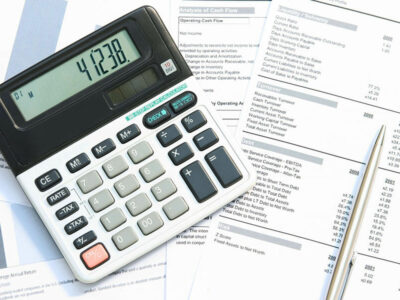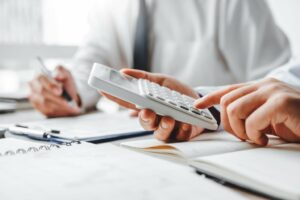
By applying the DDB depreciation method, you can depreciate these assets faster, capturing tax benefits more quickly and reducing your tax liability in the first few years after purchasing them. 1- You can’t use double declining depreciation the full length of an asset’s useful life. Since it always charges a percentage on the base value, there will always be leftovers.

Through this process, companies can reduce their value in the same year as they generate revenues. Depreciation also represents the total reduction in the value of a fixed asset. The DDB method involves multiplying the book value at the beginning of each fiscal year by a fixed depreciation rate, which is often double the straight-line rate.
Tools and Calculators for Double Declining Depreciation Depreciation Rate: Straight Line Depreciation Rate
Where you subtract the salvage value of an asset from its original cost and divide the resulting number– the asset’s depreciable base– by the number of years in its useful life. Straight line is the most common method of depreciation, due mainly to its simplicity. Given the nature of the DDB depreciation method, it is best reserved for assets that depreciate rapidly in the first several years of ownership, such as cars and heavy equipment.
Double declining balance (DDB) depreciation is an accelerated depreciation method. DDB depreciates the asset value at twice the rate of straight line depreciation. Bottom line—calculating depreciation with the double declining balance method is more complicated than using straight line depreciation. And if it’s your first time filing with this method, you may want to talk to an accountant to make sure you don’t make any costly mistakes. The most basic type of depreciation is the straight line depreciation method.
What is Depreciation?
If you’ve taken out a loan or a line of credit, that could mean paying off a larger chunk of the debt earlier—reducing the amount you pay interest on for each period. In later years, as maintenance becomes more double declining balance method regular, you’ll be writing off less of the value of the asset—while writing off more in the form of maintenance. So your annual write-offs are more stable over time, which makes income easier to predict.

Yes, it is accepted by generally accepted accounting principles (GAAP) and International Financial Reporting Standards (IFRS) as a legitimate depreciation method. If the double-declining depreciation rate is 40%, the straight-line rate of depreciation shall be its half, i.e., 20%. The carrying value of an asset decreases more https://www.bookstime.com/ quickly in its earlier years under the straight line depreciation compared to the double-declining method. In the last year of an asset’s useful life, we make the asset’s net book value equal to its salvage or residual value. This is to ensure that we do not depreciate an asset below the amount we can recover by selling it.
Double-Declining Balance (DDB) Depreciation Method Definition With Formula
Start with a free account to explore 20+ always-free courses and hundreds of finance templates and cheat sheets. And the book value at the end of the second year would be $3,600 ($6,000 – $2,400). This cycle continues until the book value reaches its estimated salvage value or zero, at which point no further depreciation is recorded. The «sum-of-the-years’-digits» refers to adding the digits in the years of an asset’s useful life. For example, if an asset has a useful life of 5 years, the sum of the digits 1 through 5 is equal to 15 (1 + 2 + 3 + 4 + 5). Get instant access to video lessons taught by experienced investment bankers.
- Over the life of the equipment, the maximum total amount of depreciation expense is $10,000.
- Our experts love this top pick, which features a 0% intro APR for 15 months, an insane cash back rate of up to 5%, and all somehow for no annual fee.
- This method is more difficult to calculate than the more traditional straight-line method of depreciation.
- In summary, the choice of depreciation method depends on the nature of the asset and the company’s accounting and financial objectives.
- Where you subtract the salvage value of an asset from its original cost and divide the resulting number– the asset’s depreciable base– by the number of years in its useful life.
- This pattern will continue and the depreciation for the 10th year will be 1/55 times the asset’s depreciable cost.



Leave A Comment